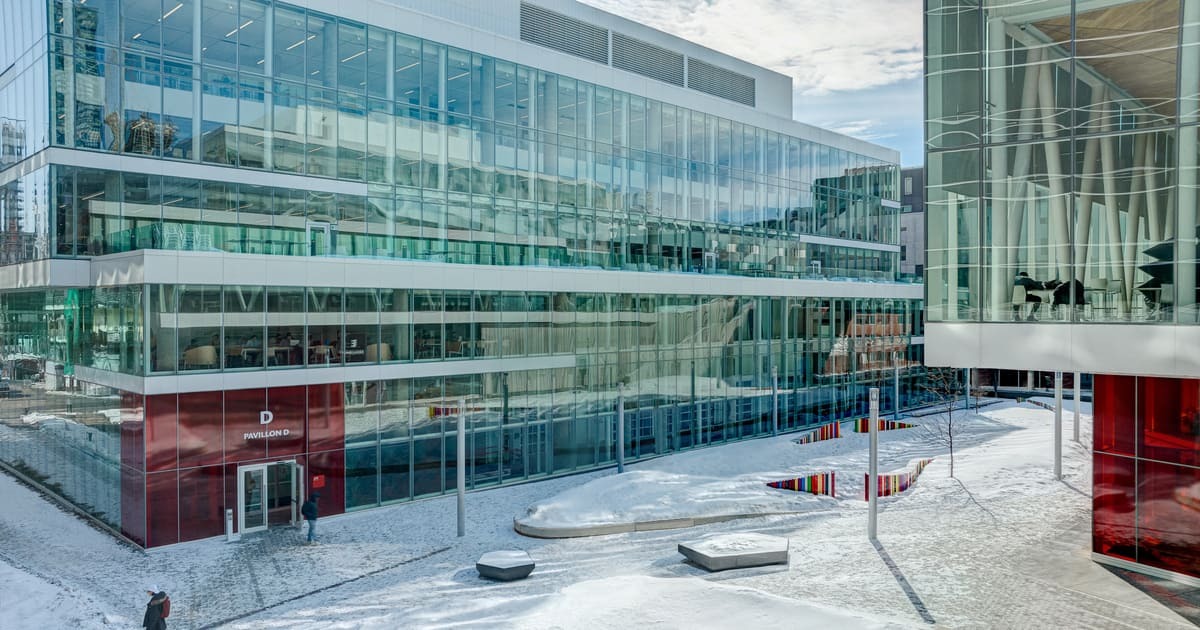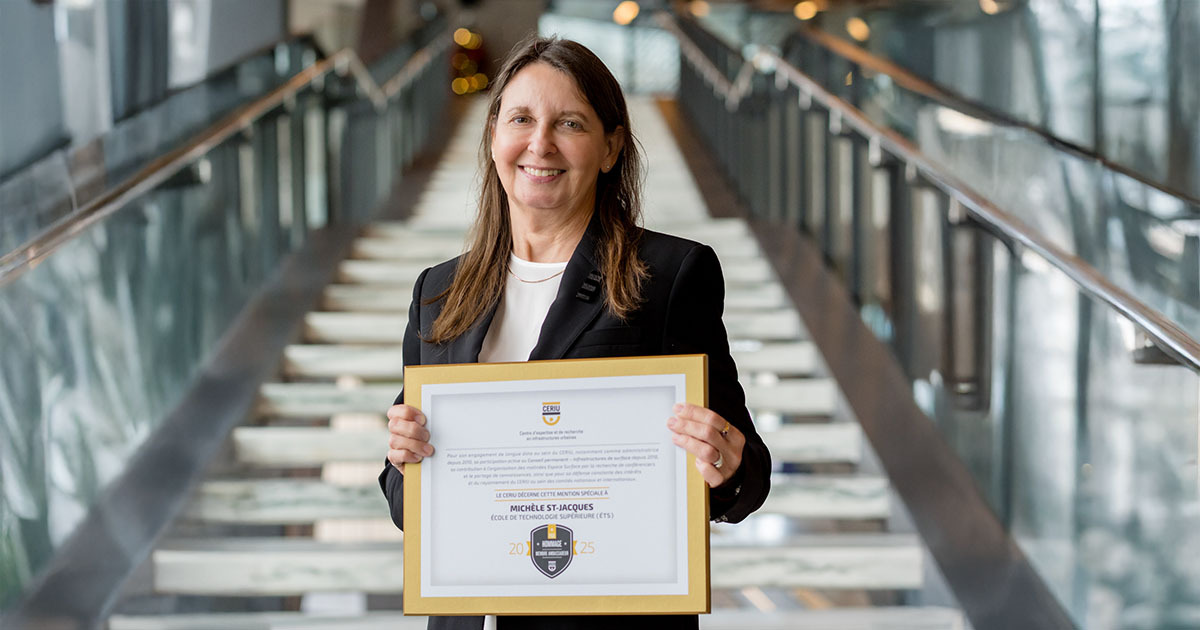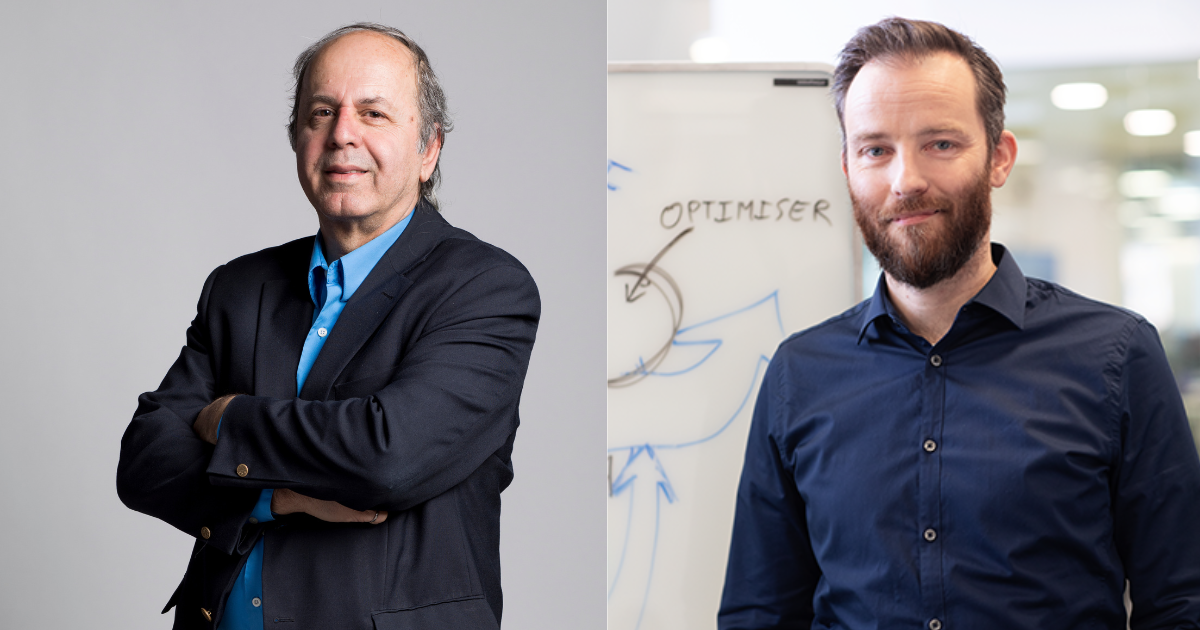
With climate change, Coastal zones face escalating sea levels and more frequent and severe extreme events like hurricanes, tsunamis, and floods. Addressing these challenges necessitates adapting our structures and protection methods in ways that are both ecologically sound and economically sustainable. The Marcelle-Gauvreau Chair in Hydraulics for Maritime and River Planning is actively researching solutions to these pressing issues and more.
To address the risks of coastal erosion and flooding, three main strategies are available: Protect, Accommodate, or Retreat. When opting to protect the coastline, two types of solutions can be implemented: grey infrastructure, such as concrete seawalls, dikes, breakwaters, groins, and riprap, or green solutions inspired by nature, including beach nourishment, vegetation.
While green solutions, such as vegetation, are highly desirable, their long-term predictability and maintenance pose challenges. This is largely due to limited understanding of the biomechanical interactions between plants and wave hydrodynamics. Furthermore, the absence of established design guidelines and standardized tools dedicated to specific site conditions hinders their wider adoption and effective implementation.
The Chair’s primary contribution lies in developing guides and tools to establish standardized frameworks that support the design, implementation, and optimization of sustainable solutions for coastal and riverine challenges:
- Design, size and maintain nature-based solutions;
- Reduce or compensate negative impacts on existing structures;
- Develop mitigation measures to counter the cumulative impact of coastal flooding and erosion.
Coastal Flooding
Our goal is to map land flooding risks using a physical approach that considers wave transformations as they propagate from the open sea to the coast and over protective structures. This approach allows for more precise predictions of flooding dynamics, detailing the evolution of critical parameters—such as wave height and speed—over time. These insights are essential for developing effective crisis management plans, including efficient population evacuation strategies.
Coastal Erosion
We will also study the interactions between fluid, soil, and structures in contact with the coastal hydrodynamics, with a focus on optimizing the design of coastal roads and ports, as well as improving the maintenance of existing coastal protection works.

Green or Hybrid Solutions
Our goal is to better quantify the natural and human-induced forces—such as those caused by maritime navigation or dam failures—that act on erodible coasts. This will enable us to evaluate the effectiveness and durability of green or hybrid solutions. Additionally, we aim to optimize their mechanical performance to extend their operational range, thereby reducing reliance on traditional grey infrastructure.
Conclusion
As climate change accelerates, adopting a scientific perspective and developing innovative methods and tools to enhance the resilience of vulnerable territories is more critical than ever. Since one-size-fits-all solutions are rare, collaboration among stakeholders is essential to ensure the acceptance of protection projects. In many cases, combining different approaches provides a balanced compromise that accommodates the diverse needs and uses of our coastlines.



